Pareto efficiency is a concept everyone should understand. Named after Italian economist Vilfredo Pareto1, the idea refers to situations where you can (or can’t) improve something without trade-offs.
Consider designing a car where you care about speed and safety. You have one design that’s fast but dangerous, another that is slow and safe, and a third that both moves like a tortoise and has the tendency to spontaneously catch fire.
How should you compare these three designs? The third is obviously worse than the first two. Nobody wants a slow, dangerous vehicle. But between the other two is a question of values. Maybe a race car driver would prefer faster at the cost of some safety. Maybe the soccer mom wants safety over speed.
This is the idea of Pareto efficiency in a nutshell. A car design would be Pareto efficient if there’s no other design that allows you to get more speed or safety without getting less of the other.
Mapping Efficiency Frontiers
We can take this idea further by considering lots of designs instead of just three. Putting them all on a graph, we can see that any of the ones on the inside of the frontier are bad choices. Why? Because there’s always a car that’s somewhat faster or safer without making sacrifices.
Efficient frontiers reveal a general pattern. When you’re below the frontier, you can always improve simply by optimizing your choice. Just pick an option that has more of what you want. When you’re on the frontier, however, the only way to make the situation better is by deliberately making something else worse.
Productivity Frontiers
We can apply Pareto efficiency to your working life. A very simple trade-off is between getting stuff done and having time off. Now imagine all possible working schedules, habits and systems and chart your output and leisure:
This graph represents all your productive possibilities. It includes scenarios of working a lot or a little. It also includes situations where you get a lot of important stuff done and where you mostly spin your wheels.
Now we can ask if our situation is Pareto efficient. If we’re below the frontier, it means more improvements can still be made without facing trade-offs. We might choose to get more done without increasing our hours. We might choose to work less while keeping our workload constant. Either way, the focus should be on trying to shift to a less wasteful situation.
But if our position is on the frontier, the only way to improve is by accepting trade-offs. We might pursue an ambitious career move, but accept that this has us working nights and weekends. We might choose to spend more time at home, but accept that this makes the corner office less likely.
Are You On the Frontier?
Deciding whether you’re on the frontier is tricky. In truth, the frontier is always a bit of a lie. Even in engineering, we can always imagine some new invention or manufacturing technique will make possible faster and safer cars than exist today. The frontier can shift.
Similarly, in your work, there’s always the possibility for radical changes that might break the current frontier. Maybe you get promoted and now can have an army of assistants doing most of your work. Maybe you find a new technique that lets you get much more done in less time than you can currently.
Innovating to push the frontier forward is good. But, frontiers are still useful concepts because, in general, such radical improvements are much harder to come by than simply reorganizing among known alternatives.
Since the frontier is not an absolute concept, knowing when you’re on it can be tricky. But here’s a few guidelines I find helpful:
- You’ve read and applied a lot of productivity advice. The person who doesn’t even keep a to-do list is probably far from the frontier. If you’ve read and tried everything, the chance that you’re actually quite far from the frontier is lower.
- When you look in your schedule, there aren’t a lot of things you could easily cut. If you do a timelog and find your day is mostly full of activities you wouldn’t want to do less of, you’re on a frontier. If you instead find it full of a lot of waste, there may be potential for easy wins.
- Do efforts to do more inevitably cause setbacks in other areas of life? Think back to when you have pursued new ambitions. If those always came at the cost of important things in your life, you’re closer to the frontier.
Life at the Frontier
The mindset you need at the productive frontier is very different when you’re far from it.
Those far from the edge can focus mostly on optimizing. You can treat each element of your life in isolation and simply try to improve it. Want to improve your work? Just reorganize and get more done! Want to spend more time with your family? Just cut out the waste and have more quality time.
But once you’re on the productive frontier things are different. Now improvement comes from making hard choices about trade-offs. Would you rather have a clean house or more time to work on your project? Should you put in overtime at your job or reduce your ambitions to spend more time with your kids?
I think it can be difficult to shift into this mindset. If you’ve been through a period where optimizing had fairly high returns, there’s an assumption that this strategy can continue indefinitely.
What results is often a game of whack-a-mole, where you invest more time in one thing and find yourself disappointed and surprised when you suddenly lose time for something else that mattered to you. You switch back and forth, feeling guilty that you can’t get it all done.
Better to be explicit about the trade-offs. Stop and think about what you really care about and what you’re not willing to sacrifice. As you shift priorities, be explicit about what is being downgraded in importance to fill the gap. Making these decisions can be difficult. But doing so also releases you from the guilt of trying to do everything.


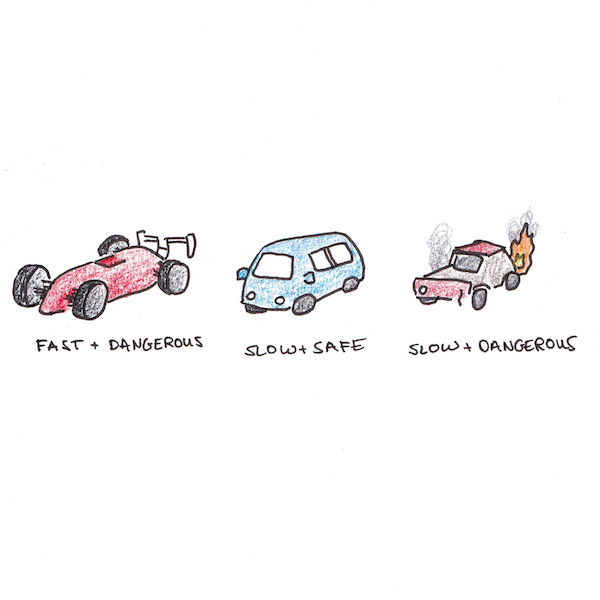
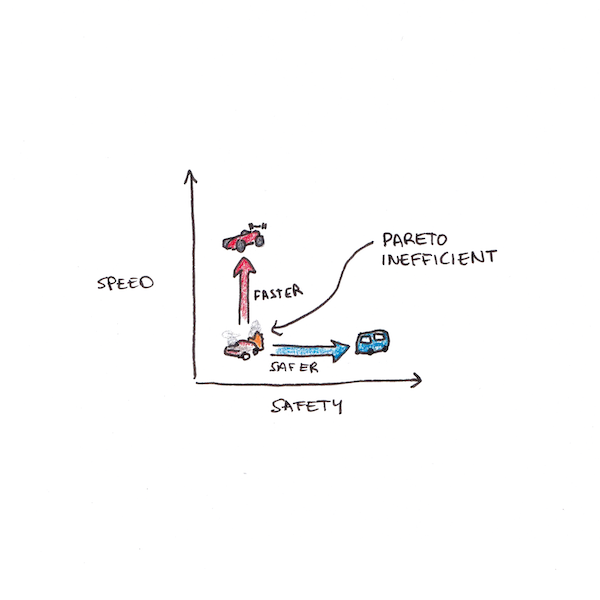
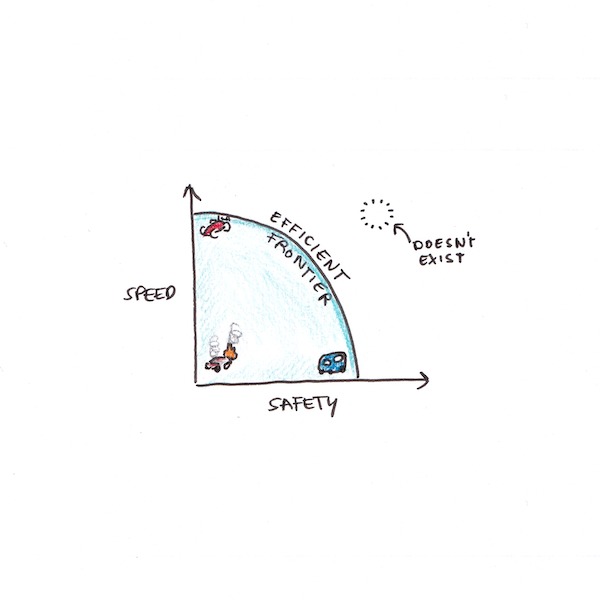
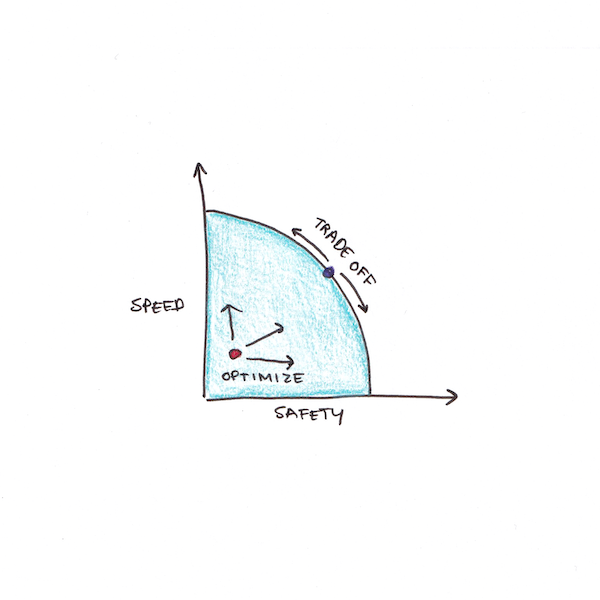
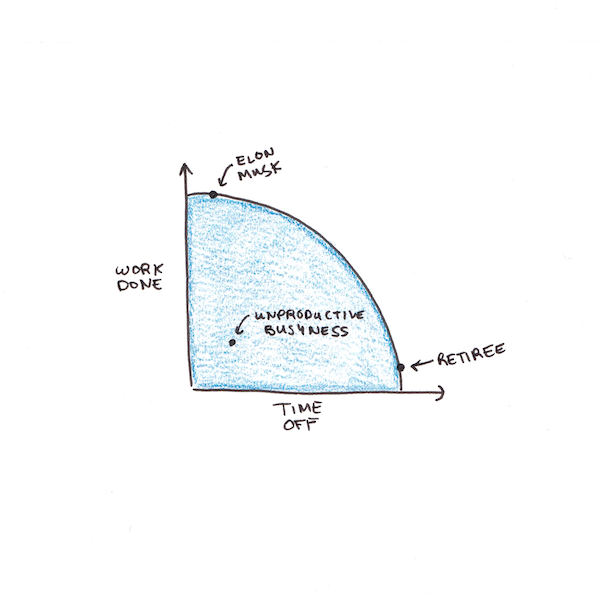
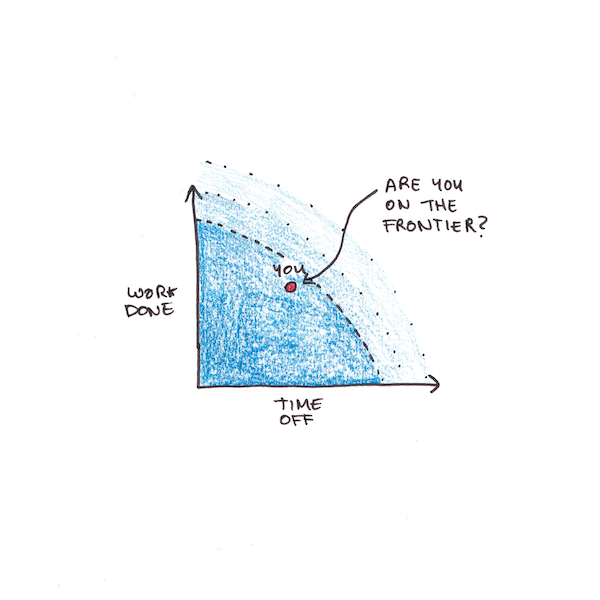
 I'm a Wall Street Journal bestselling author, podcast host, computer programmer and an avid reader. Since 2006, I've published weekly essays on this website to help people like you learn and think better. My work has been featured in The New York Times, BBC, TEDx, Pocket, Business Insider and more. I don't promise I have all the answers, just a place to start.
I'm a Wall Street Journal bestselling author, podcast host, computer programmer and an avid reader. Since 2006, I've published weekly essays on this website to help people like you learn and think better. My work has been featured in The New York Times, BBC, TEDx, Pocket, Business Insider and more. I don't promise I have all the answers, just a place to start.